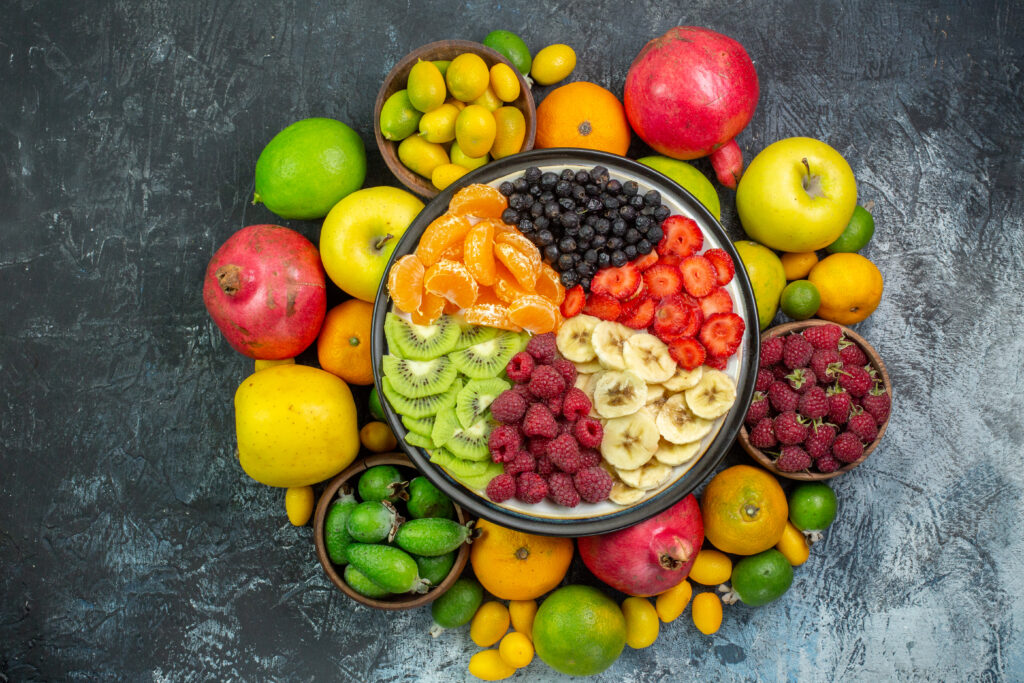H1: Traditional Foods Associated with Somvati Amavasya |
Importance of Traditional Foods |
List of Traditional Foods |
Nutritional Benefits |
H2: Health Benefits of Somvati Amavasya Foods |
Nutrient-Rich Ingredients |
Digestive Health |
Detoxification |
Boosting Immunity |
H3: Incorporating Somvati Amavasya Foods into Your Diet |
Recipes and Ideas |
Tips for Preparation |
Balancing with Modern Diet |
H4: Conclusion |
Embrace the Tradition and Health Benefits |

What is Somvati Amavasya?
Somvati Amavasya is a unique celestial occurrence observed in Hinduism. It is believed that performing rituals and prayers on this day holds immense spiritual significance and brings prosperity to one’s life. The combination of the new moon and Monday is considered highly auspicious.
Significance of Traditional Foods associated with somvati amavasya
According to Hindu mythology, observing fasts and performing rituals on Somvati Amavasya is believed to wash away sins and bring peace and prosperity. Devotees often visit sacred rivers, temples, or perform pujas at home to seek blessings from deities.
Observance and Rituals
Traditional Foods associated with somvati amavasya wake up early and take a holy bath before sunrise. They offer prayers to Lord Shiva and Goddess Parvati, seeking their blessings for a blissful life. Some people also observe fasts throughout the day, consuming only fruits and milk.
Impact on Food Habits
Traditional Foods associated with somvati amavasya associated with influences food habits, with many people opting for satvik (pure) food items. Traditional recipes are prepared using ingredients like rice, lentils, vegetables, and fruits. These foods are believed to have purifying properties and are consumed to attain spiritual benefits.
Health Implications
The foods consumed on Somvati Amavasya offer not only spiritual benefits but also health advantages. The ingredients used in traditional recipes are rich in nutrients, promoting overall well-being and vitality.
Traditional Foods Associated with Somvati Amavasya
Importance of Traditional Foods associated with somvati amavasya
Traditional foods hold cultural significance and are an integral part of religious observances. They are believed to have been passed down through generations and are cherished for their taste, nutrition, and association with rituals.
List of Traditional Foods
Some common Traditional Foods associated with somvati amavasya associated with Somvati Amavasya include khichdi, kheer, fruits, sabudana (tapioca) khichdi, and various types of vrat (fast) recipes. These dishes are prepared using simple yet wholesome ingredients, emphasizing purity and simplicity.
Rice and Lentils
Rice and lentils form the staple diet for many households observing Somvati Amavasya. These humble yet nutritious ingredients symbolize simplicity and humility, virtues cherished in Hindu philosophy.
Sattu
Sattu, a flour made from roasted grams, holds a special place in Somvati Amavasya celebrations. It is often mixed with water or milk to make a refreshing beverage, providing devotees with instant energy during the day-long fast.
Kheer
Kheer, a sweet rice pudding cooked with milk and sugar, is a must-have dish on this auspicious day. It symbolizes sweetness and abundance, invoking blessings for prosperity and fulfillment.
Ghee
Ghee, or clarified butter, is used liberally in cooking traditional dishes for Somvati Amavasya. Its rich aroma and flavor add depth to the food and are believed to appease the gods, ensuring their blessings upon the devotees.
Fruits and Vegetables
Fresh fruits and vegetables are also an integral part of the Somvati Amavasya feast. They are offered as prasad (devotional offering) to the gods and shared among family and friends as a gesture of goodwill and harmony.
Nutritional Benefits
Traditional Foods associated with somvati amavasya consumed on Somvati Amavasya offer a balanced mix of carbohydrates, proteins, vitamins, and minerals. For instance, khichdi is a nutritious dish made from rice and lentils, providing essential amino acids and fiber. Fruits like bananas and oranges are rich in vitamins and antioxidants, boosting immunity and aiding digestion.
Health Benefits of Somvati Amavasya Foods
Nutrient-Rich Ingredients
The ingredients used in Somvati Amavasya foods are carefully chosen for their nutritional value. Lentils and legumes are excellent sources of protein, essential for muscle repair and growth. Rice provides energy and is easily digestible, making it a staple in many traditional recipes.
Digestive Health
Many Somvati Amavasya dishes are light on the stomach and easy to digest. Ingredients like cumin seeds, ginger, and asafoetida are commonly used to aid digestion and prevent bloating or indigestion. These foods are particularly beneficial for individuals with sensitive stomachs or digestive issues.
Detoxification
Certain ingredients used in traditional recipes have detoxifying properties, helping to cleanse the body of toxins and impurities. Herbs and spices like turmeric, coriander, and fenugreek are known for their antioxidant and anti-inflammatory properties, supporting liver function and promoting detoxification.
Boosting Immunity
The nutrient-rich foods consumed on Somvati Amavasya help strengthen the immune system, protecting the body against infections and illnesses. Vitamins A, C, and E, along with minerals like zinc and selenium, play crucial roles in immune function and are abundantly found in fruits and vegetables.
Incorporating Somvati Amavasya Foods into Your Diet
Recipes and Ideas
To incorporate Somvati Amavasya foods into your diet, you can try recipes like khichdi, fruit salad, sabudana khichdi, and kheer. These dishes are simple
Conclusion for Somvati Amavasya Foods into Your Diet
Somvati Amavasya is not just a day of fasting and prayers; it is a celebration of tradition, community, and spirituality. As devotees gather to observe this auspicious occasion, the aroma of traditional foods fills the air, evoking memories of generations past and instilling a sense of reverence for the customs upheld on this sacred day. From the simplicity of rice and lentils to the sweetness of kheer, each dish serves as a reminder of the values cherished in Hindu culture – humility, abundance, and sharing.
Moreover, the act of preparing and sharing these foods fosters a sense of unity and camaraderie among families and communities. As pots simmer on stoves and kitchens bustle with activity, the spirit of Somvati Amavasya comes alive, weaving together the threads of tradition and togetherness.
As the day draws to a close and devotees break their fasts with a communal feast, the bonds of kinship and fellowship are strengthened, and blessings are shared abundantly. In the laughter and chatter that fill the air, one can sense the presence of divinity, blessing all who partake in the festivities.
In essence, Somvati Amavasya and its traditional foods serve as a reminder of the timeless rituals and customs that bind generations together and nourish the soul. As devotees continue to honor these age-old traditions, they not only enrich their own lives but also contribute to the preservation of a cultural heritage that spans centuries.
FAQs for Somvati Amavasya Foods into Your Diet
Q: Can I substitute ingredients in traditional Somvati Amavasya dishes?
A: While traditional recipes call for specific ingredients, you can often substitute with similar alternatives based on personal preference or dietary restrictions.Q: Are there any specific rituals associated with preparing traditional foods for Somvati Amavasya?
A: Many families observe rituals like offering prayers to the gods before beginning the cooking process or ensuring that the food is prepared in a clean and sanctified environment.Q: What is the significance of consuming these foods on Somvati Amavasya?
A: It is believed that consuming traditional foods on Somvati Amavasya brings blessings, prosperity, and good fortune to individuals and their families.Q: Can I find pre-made traditional Somvati Amavasya dishes in stores?
A: While some specialty stores may offer pre-made versions of these dishes, many families prefer to prepare them at home to ensure authenticity and adherence to tradition.Q: How can I learn more about the cultural and spiritual significance of Somvati Amavasya?
A: You can consult religious texts, participate in community events, or speak to elders and scholars who have knowledge of Hindu traditions and rituals.


3 thoughts on “Traditional Foods Associated with Somvati Amavasya 2024”